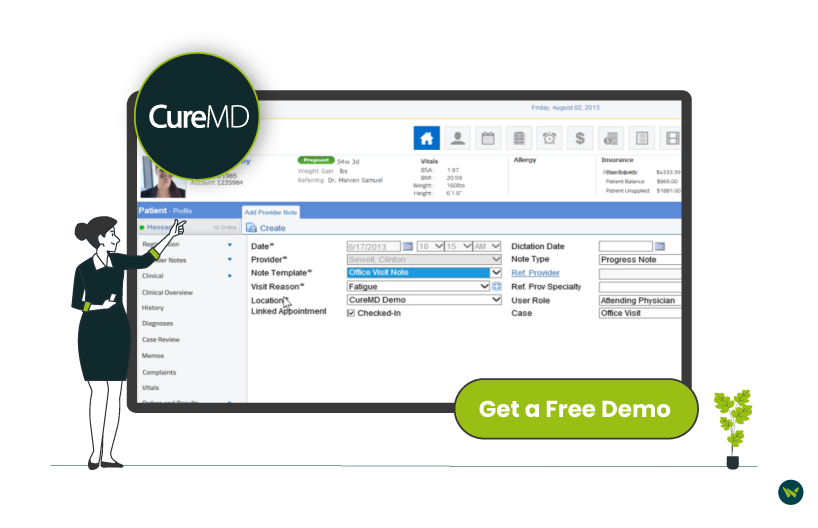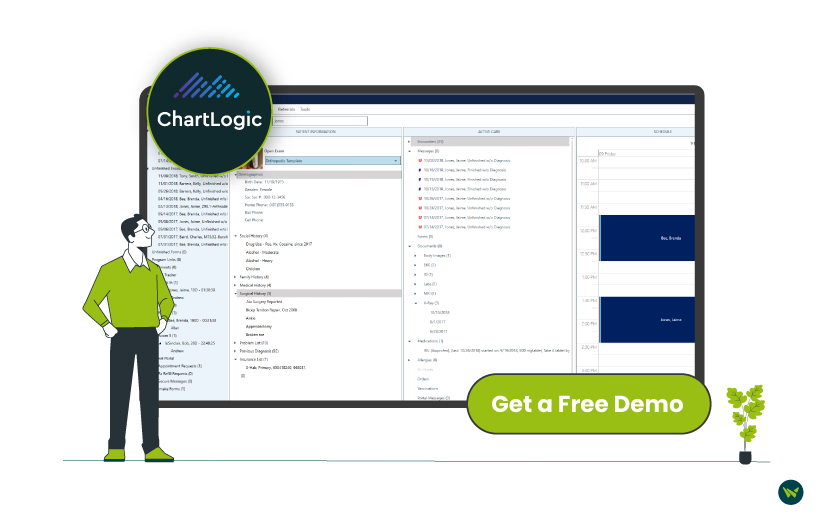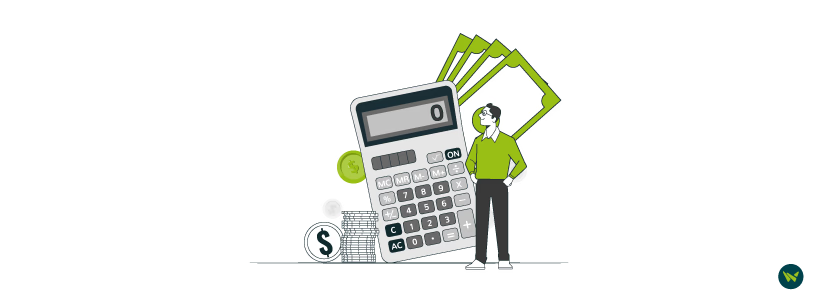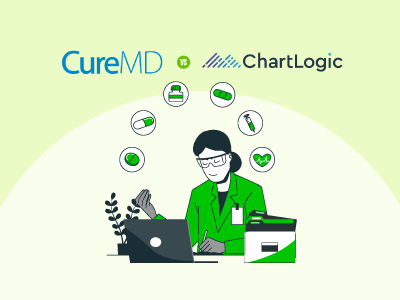
Monthly Price: Starting from $295/provider/month* Best for: OB/GYN, Cardiology, Urgent Care Mobile App: iOS Rating: 3.3 *Pricing is subject to change. | Monthly Price: Starting from $350/month* Best for: Orthopedics, Podiatry, Dermatology Mobile App: iOS, Android Rating: 3.5 *Pricing has been sourced from third-party websites and is subject to change. |
The healthcare industry continues to evolve with a growing emphasis on efficiency, patient-centered care, and streamlined clinical workflows. As a result, the demand for an adaptable, user-focused electronic health record (EHR) platform has become increasingly critical.
Selecting the right EHR system is a strategic decision that can influence clinical efficiency, care coordination, and administrative performance.
In this regard, CureMD and ChartLogic are two well-established solutions, each offering a distinct approach to addressing the documentation, billing, and workflow needs of modern practices. While they both aim to improve care delivery and operational efficiency, they differ in terms of functionality, user experience, and capabilities.
In this comparison of CureMD vs. ChartLogic, we provide a detailed evaluation of their core features, user feedback, and pricing, offering clarity for providers assessing which system best aligns with their clinical and operational requirements.

CureMD is a cloud-based solution designed for various medical specialties. It offers a comprehensive suite that includes EHRs, practice management, medical billing, and patient portal. Its EHR includes electronic prescribing, electronic labs, and workflow automation with specialty-specific templates. The system also features powerful interoperability, enabling seamless data exchange across labs, pharmacies, and other healthcare providers CureMD has also been recognized by Black Book 2025 as a top-ranked EMR.

In contrast, ChartLogic delivers a specialty-focused EHR tailored for ambulatory practices. It features a voice-first interface with a customizable template builder, which allows providers to complete notes in under 90 seconds. It also offers integrated practice management, revenue cycle management, and a patient portal that supports online payments, appointment requests, and secure messaging.
Feature | CureMD | ChartLogic |
Practice Management | ✓ | ✓ |
Revenue Cycle Management | ✓ | ✓ |
Voice Recognition | ✓ | ✓ |
Interoperability | ✓ | ✗ |
Telehealth | ✓ | ✓ |
AI-Capabilities | ✓ | ✗ |
Mobile EHR System | ✓ | ✓ |
Customizable Clinical Forms | ✓ | ✓ |
CureMD | ChartLogic |
Pros: User-friendly layout with seamless navigation Simplified appointment management Convenient access through mobile app Cons: EOB can be inconsistent at times Occasional slowdowns during the claim scrubbing process | Pros: Optimizes daily operations with customizable templates Helps monitor patient activity with efficient tools Supports better oversight of administrative tasks Cons: Third-party integrations may be limited Challenges may occur during billing and claim submission |

CureMD offers a transparent pricing model with four pricing packages, each consisting of various features while also catering to different types of organizations:
- Practice Management – Custom Pricing
- Electronic Health Records – $295/provider/month
- All-in-One (PM + EHR) – Custom Pricing
- Billing Services – As low as 3% of Collections
Disclaimer: Pricing is subject to change.
In contrast, ChartLogic offers custom pricing for healthcare practices starting from $350/provider/month. The plans may depend on the business's needs, features, functionalities, and capabilities.
Disclaimer: The pricing has been sourced from third-party websites and is subject to change.
Overall, CureMD presents more straightforward and affordable starting options. But, if you are looking for an EHR with a flexible approach toward plans, then ChartLogic is an ideal choice.

Users highlight different strengths and weaknesses of both CureMD and ChartLogic.
CureMD is frequently praised for its intuitive interface and extensive features that support a wide range of medical specialties. Users also highlight its ease of use and quick responsiveness of customer support, with one physician stating that after years of use, they remain impressed by the interface and the strong support team of the platform.
However, some users have also experienced difficulties with the Explanation of Benefits (EOB) and occasional delays during the claim scrubbing process.
ChartLogic is appreciated for its customizable templates and user-friendly interface, with one user praising the note-taking experience, highlighting that the software’s encounters follow the traditional history and physical or SOAP note structure, the way medical records should be organized.
On the downside, some users have reported issues with the messaging system being unintuitive, requiring extra steps to timestamp them. Others have expressed a desire for more third-party integrations for a streamlined workflow.
Choosing between CureMD and ChartLogic ultimately depends on your practice’s size, specialty focus, and workflow needs.
CureMD is better suited for small to mid-sized practices seeking a cost-effective, all-in-one solution. It offers native telemedicine, integrated RCM tools, and strong interoperability – making it ideal for organizations that prioritize seamless coordination across clinical and administrative operations.
On the other hand, ChartLogic is an ideal choice for surgical and high-specialty practices that require deep customization, voice-first charting, and template precision. Its specialty-focused design allows for faster documentation and improved efficiency in complex clinical environments.
Ultimately, the decision depends on aligning the EHR’s features, functionalities, and scalability with your practice size and requirements so it can increase operational efficiency and yield better patient outcomes.
